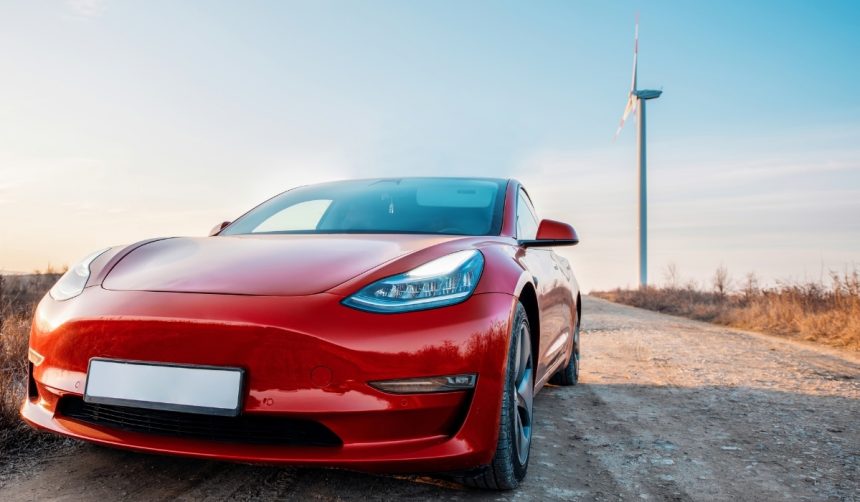Xiaomi’s recent entry into the electric crossover market with the YU7 has disrupted purchase patterns among Chinese consumers. The unprecedented demand has resulted in exceptionally lengthy waiting times for the new vehicle, prompting candid comments by Xiaomi’s leadership. The ongoing scenario is shaping customer choices while intensifying the competition between established EV manufacturers and ambitious new contenders. Automotive industry analysts are following the situation closely, noting how customer impatience can redirect market momentum almost overnight.
Several earlier reports on the Xiaomi YU7 noted strong interest but focused more on initial test drives and vehicle specifications rather than order volumes or delivery timelines. Initial speculation surrounded how Xiaomi might challenge Tesla‘s dominance with technology partnerships and pricing strategies, but recent coverage of the extended waitlist highlights shifts in customer priorities and the pragmatic messages Xiaomi’s management now communicates. This pragmatic approach to steering customers toward other EV brands, even Tesla’s Model Y, signals a practical brand strategy as the waiting list becomes a central topic in public discourse. Market observers previously wondered if Xiaomi would create supply to match demand swiftly, but the present reality emphasizes a supply-demand gap influencing immediate purchasing decisions.
How Has Demand for the YU7 Exceeded Expectations?
Customer enthusiasm for the YU7 accelerated after its market launch, with Xiaomi collecting approximately 240,000 orders in just 18 hours. The volume of purchase requests has rapidly surpassed the company’s production capacity, establishing average delivery waiting periods of up to 59 weeks. This extended timeline poses challenges for those unable to delay their vehicle acquisition and fosters a dynamic where market preferences may shift.
What Recommendations Is Xiaomi Offering Buyers?
Acknowledging the situation, CEO Lei Jun addressed buyers directly, recommending alternative vehicles to those unwilling to wait for the YU7:
“If you need to buy a car quickly, other China-produced new energy vehicles are pretty good.”
He specifically referenced competing models such as the Tesla Model Y, Xpeng G7, and Li Auto i8, underlining an open stance toward competitors’ offerings.
How Does the Model Y Remain a Key Player?
Tesla’s Model Y has maintained leading global sales for two years, underscoring its established presence despite mounting competition in China. Lei Jun noted current promotional offers and recognized the Model Y’s merit:
“The Model Y is a great car, and Tesla also announced a number of promotions yesterday, so you might want to consider it.”
While Tesla’s reputation for technology and driver-assist systems stands out, Chinese buyers may prioritize speed of delivery or local preferences when making purchasing decisions.
Growing competition among EV manufacturers in China has created a landscape where product availability and delivery times can steer customer loyalty as much as specifications or brand reputation. Xiaomi’s willingness to guide customers to rivals’ products demonstrates a pragmatic, consumer-focused response amid difficulties scaling up production. Recent strategies from both Xiaomi and Tesla reflect the shifting competitive environment, where direct acknowledgment of each other’s strengths is not uncommon. For prospective buyers, monitoring production trends and exploring multiple brands may help secure favorable pricing and shorter delivery times. Even with technological advantages, ease of access and rapid availability remain crucial in influencing which electric vehicles reach consumers’ driveways first.
- The Xiaomi YU7 generated overwhelming demand, leading to long delivery times.
- Xiaomi’s CEO suggested customers consider alternatives like Tesla’s Model Y.
- Delivery times and availability play significant roles in EV purchasing decisions.










